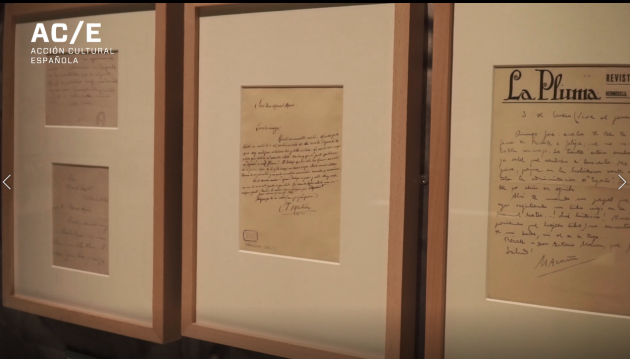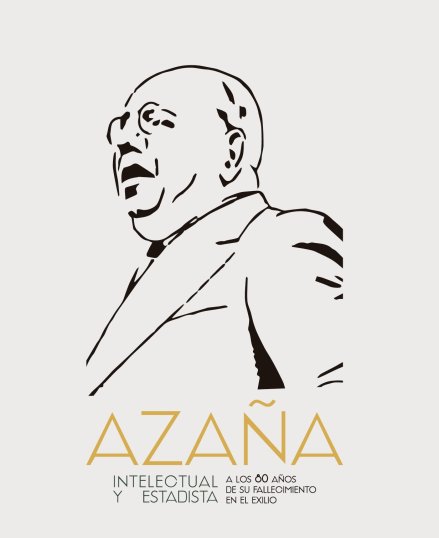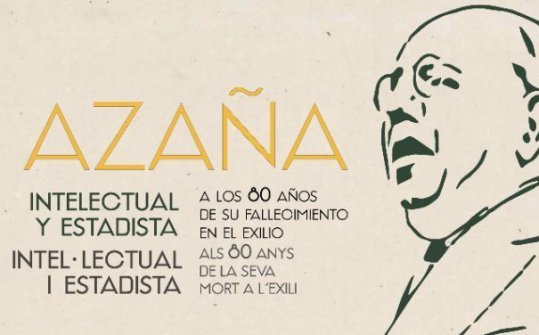In his political dimension, Azaña is one of the main promoters of the arrival of the Republic in April 1931. The great debates of the period have his outstanding, and sometimes controversial, intervention: the Statute of Catalonia, the Agrarian Reform, the issue religious or women's vote. Not surprisingly, the Republic was identified with Azaña and Azaña with the Republic and was blamed for the outcome of the Civil War, if not its very beginning.
The Exhibition aims to provide a complete image of Manuel Azaña, in its triple dimension: human, intellectual and political, underlining, in addition to his work as Minister, Head of Government and President of the Republic, his status as a prestigious intellectual, as well as the harsh conditions of his exile, which ended with his death in the French city of Montauban, where his memory is still present eighty years later.
Following a chronological sequence that allows us to understand his career in different periods: his childhood and youth in Alcalá, his subsequent development in Madrid, the exhibition delves into three crucial stages in the history of Spain: the Second Republic, the Civil War and Exile. . About two hundred works from both the BNE and other Spanish and foreign institutions will be exhibited in the exhibition. For this commemoration, very little known photographs and videos have been rescued, which allow us to get closer not only to the figure and the work of Azaña, but also to the memory of his time.













